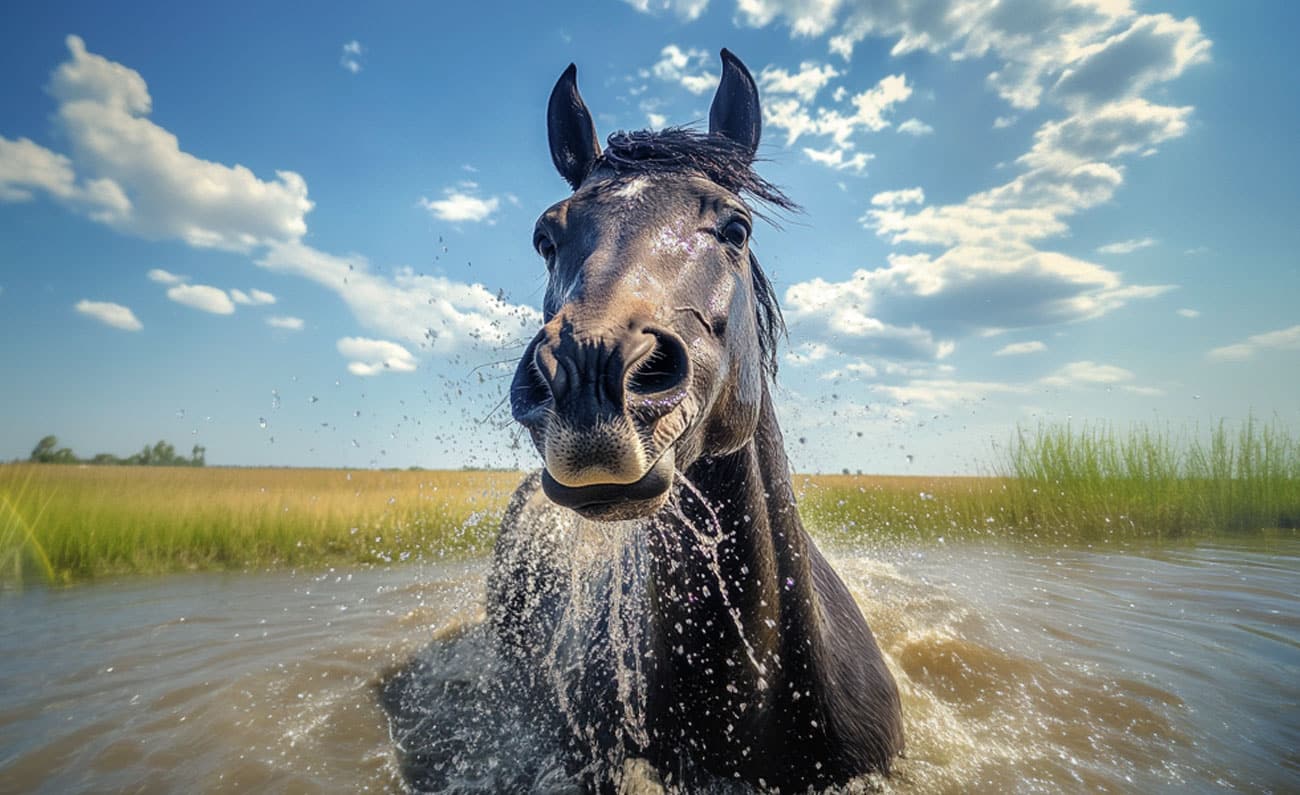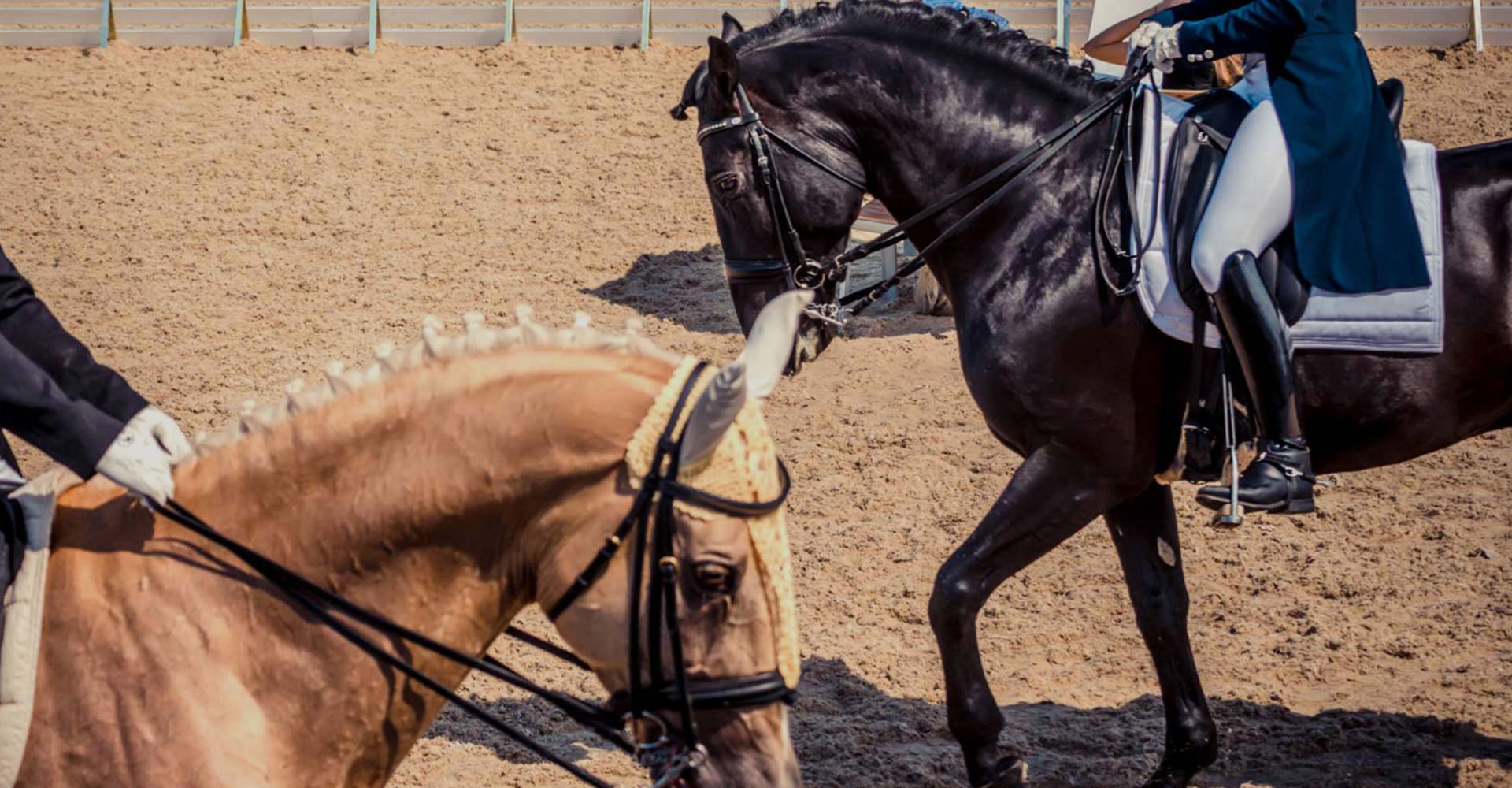
How Hot is Too Hot to Ride? Understanding Summer Riding Conditions for Your Horse
As the summer heat intensifies, many horse owners face the challenging decision of whether or not to ride their horses. While it’s tempting to saddle up and enjoy the sunshine, it’s crucial to consider how the heat impacts your horse’s health and performance. Riding in extreme temperatures can lead to serious complications, so understanding when it’s too hot to ride is essential for any responsible equestrian.
Understanding the Heat Index: A Critical Tool for Horse Owners
One of the most effective ways to determine whether it’s safe to ride is by calculating the heat index, which combines air temperature and humidity levels. The heat index gives you a more accurate picture of how hot it actually feels outside, which is especially important for horses, as they are more sensitive to heat and humidity than humans.
- Heat Index Formula: Air Temperature (°F) + Humidity (%) = Heat Index
- Less than 130: Safe to ride, but still monitor your horse.
- 130-150: Caution advised. Keep rides short, light, and ensure plenty of water breaks.
- Above 150: Dangerous conditions. Riding is not recommended.
Factors to Consider: Is It Too Hot for Your Horse?
- Horse’s Level of Fitness
- A horse’s fitness level plays a significant role in how well it can handle heat. Horses in peak physical condition are better equipped to manage high temperatures, as their cardiovascular and respiratory systems are more efficient.
- However, even fit horses can overheat if the conditions are extreme or if they haven’t had adequate time to acclimate to the rising temperatures.
- Time of Day
- The hottest part of the day typically occurs between 11 a.m. and 4 p.m. If you plan to ride, try to do so in the early morning or late evening when temperatures are lower and the sun is less intense.
- Shade and Ventilation
- Riding in shaded areas or trails with plenty of trees can significantly reduce the heat your horse is exposed to. If you’re riding in an open field or arena, ensure that there is ample ventilation and take frequent breaks in shaded areas.
- Hydration and Cooling
- Ensure your horse is properly hydrated before, during, and after the ride. Water intake is crucial, as dehydration can lead to overheating and heat stress.
- After the ride, hose your horse down with cool water, focusing on areas where large blood vessels are close to the skin, such as the neck, chest, and legs. This helps dissipate heat more effectively.
- Health Conditions and Age
- Horses with pre-existing health conditions, particularly respiratory or cardiovascular issues, are at higher risk of heat-related problems. Older horses and those recovering from illness or injury may also struggle to regulate their body temperature effectively.
Signs of Heat Stress in Horses: What to Watch For
Even with the best precautions, it’s essential to monitor your horse for signs of heat stress. Recognizing these symptoms early can prevent serious complications:
- Increased Respiratory Rate: A horse’s normal respiratory rate is between 8-16 breaths per minute. If your horse is breathing rapidly and cannot seem to catch its breath, it may be struggling with the heat.
- Elevated Heart Rate: A heart rate above 60 beats per minute after a rest period may indicate that your horse is not recovering well from exertion.
- Excessive Sweating: While sweating is a natural cooling mechanism, excessive sweating, especially if the sweat is thick and lathery, can indicate that your horse is overheating.
- Dehydration: Check your horse’s hydration by performing a skin pinch test. Pinch a small section of skin on your horse’s neck or shoulder; it should snap back immediately. If it stays tented or returns slowly, your horse is dehydrated.
- Lethargy or Weakness: If your horse seems unusually tired, stumbles, or has difficulty maintaining its gait, these could be signs of heat exhaustion.
Preventive Care: Preparing for Summer Riding
Taking proactive steps can help ensure that your horse stays healthy and comfortable during the hot summer months:
- Gradual Acclimation
- Introduce your horse to warmer temperatures gradually. Start with short, light rides in moderate heat, gradually increasing the duration and intensity as your horse becomes acclimated.
- Electrolytes
- Consider supplementing your horse’s diet with electrolytes, especially if they sweat heavily during rides. Electrolytes help maintain the balance of fluids in the body and are crucial for muscle function and hydration.
- Cooling Techniques
- Invest in cooling gear, such as cooling blankets or fans for your barn or trailer. These can help bring your horse’s body temperature down more quickly after a ride.
- Monitoring and Adjusting
- Keep a close eye on weather forecasts and be willing to adjust your riding schedule as needed. It’s better to cancel a ride than to risk your horse’s health.
Conclusion: When in Doubt, Error on the Side of Caution
Riding in the summer can be enjoyable, but it’s important to prioritize your horse’s well-being. By understanding how heat and humidity affect your horse, monitoring conditions carefully, and taking preventive measures, you can ensure that your summer rides are safe and enjoyable for both you and your horse. Remember, when it comes to extreme heat, it’s always better to be cautious and postpone a ride than to risk your horse’s health.


